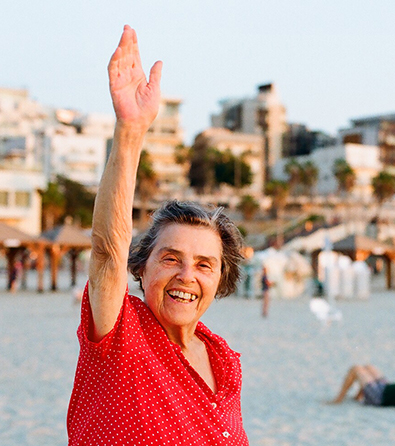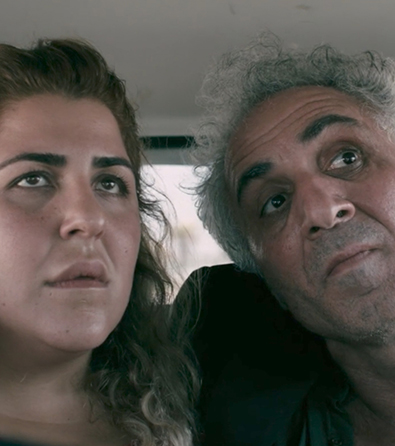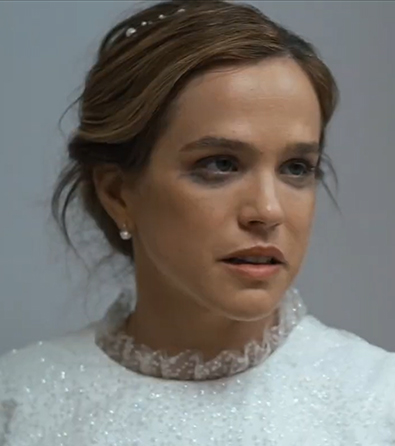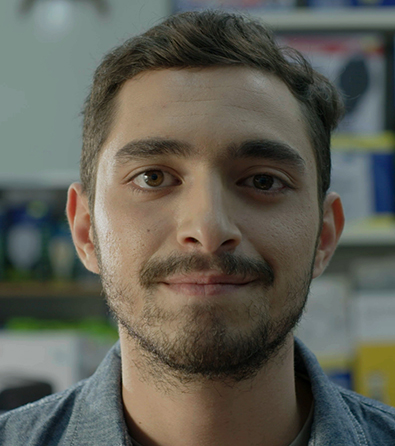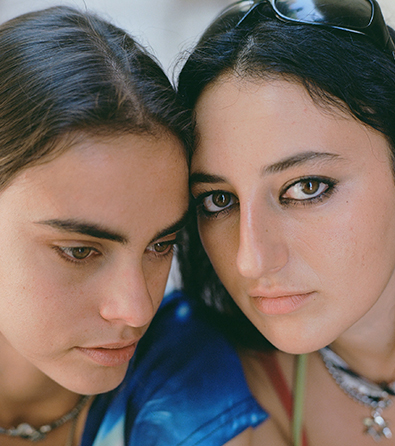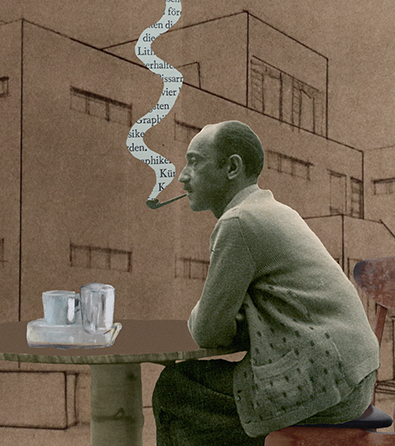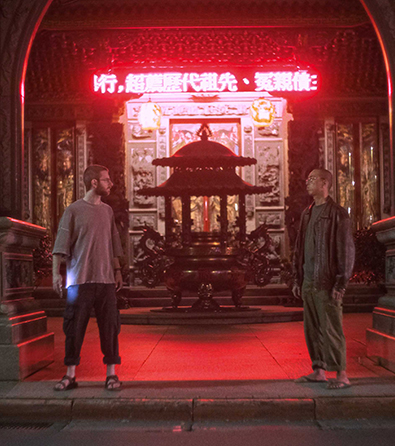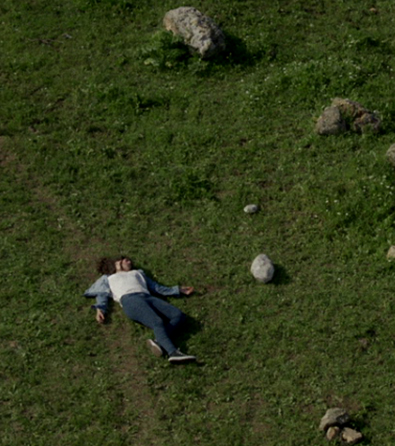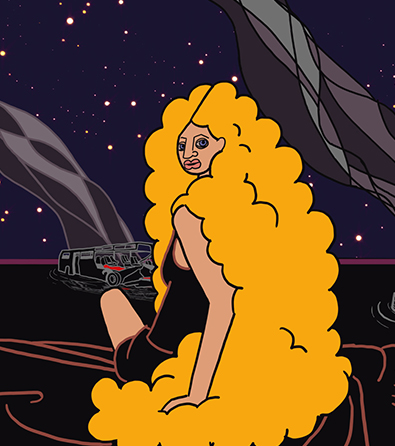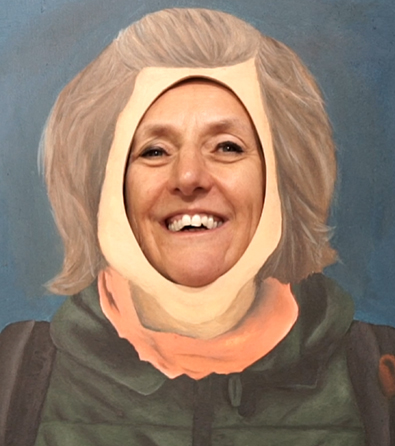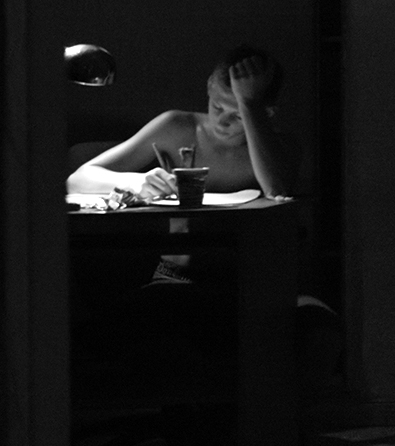The documentary Screams Before Silence (56 minutes) is available at the top of the page.
* To watch this film, please approve YouTube/Vimeo cookies via the blue cookie icon at the bottom left of the screen
The documentary Screams Before Silence, directed by Anat Stalinsky, uncovers the sexual violence inflicted by Hamas during the October 7, 2023, massacre. Released in April 2024, the film presents harrowing testimonies from Israeli women who were abducted by Hamas, survivors of the attack, civilians who risked their lives to save others, first responders, ZAKA volunteers, and medical and legal experts—all bearing witness to the horrors of that day. The interviews were conducted by Jewish-American businesswoman Sheryl Sandberg.
Despite the overwhelming documentation streamed live by the terrorists themselves—photos and videos capturing the abduction, torture, and murder of Israelis—much of the world chose to look away, refusing to acknowledge the visual evidence. Amid the countless stories of atrocities, acts of heroism, abductions, and desperate cries for help from October 7, more and more testimonies emerged, exposing the systematic rape, sexual abuse, mutilation, and torture inflicted on women, teenage girls, and even young children. The horror of these crimes—and, above all, the silence and denial from women’s organizations and human rights groups worldwide—drove Sandberg to take part in the creation of Screams Before Silence and to work relentlessly to bring this issue to the forefront of the global conversation.
Sandberg’s tour of Kibbutz Kfar Aza was accompanied by Chen (48) and Agam (17) Goldstein-Almog, a mother and daughter who were abducted along with Hen’s two younger sons, Gal (11) and Tal (9). They were released in the first hostage deal in November 2023, after 51 days in captivity. In the film, Hen and Agam share their harrowing story of abduction, during which they witnessed the murder of Hen’s husband, Nadav, and their daughter, Yam.
Agam describes how the terrorists treated her in captivity, recounting how, on one occasion, a terrorist who was alone with her touched her body, and the constant fear of rape that haunted her. She speaks of her profound helplessness and the chilling realization, at such a young age, that her body was no longer her own—that even if she were raped, she would remain at the mercy of her rapist.
Amit Soussana, who was also abducted from Kibbutz Kfar Aza and released in the first hostage deal in November 2023, speaks for the first time in the film about the sexual assault she endured in captivity. She recounts how the terrorist who kept her chained in a dark room sexually harassed and assaulted her for three weeks, and how all her attempts to make him stop were futile. She describes the overwhelming helplessness of being left alone with her attacker, entirely dependent on him for food and water, with no way to defend herself. For an extended period, she remained imprisoned in darkness until she was transferred to another terrorist hideout in Gaza, where she suffered further severe physical abuse.
The documentary Screams Before Silence exposes the horrors that unfolded at the Nova Festival, one of the primary sites of sexual violence committed by Hamas during the October 7 massacre. Tali Binner, a survivor of the attack at Nova, recounts in the film the terrifying screams she heard from her hiding place that day. She and a few friends had taken shelter inside an abandoned camper on the festival grounds. Curled up in a fetal position, she lay there for hours, listening to the terror surrounding her—women screaming relentlessly, pleading for their attackers to stop, until their cries were silenced by gunfire.
Binner immediately understood that women were being raped and feared her hiding place would be discovered, that she too would fall victim to the attackers. From every direction, she heard the anguished screams of women subjected to brutal assault. At one point, she heard a man sobbing, desperately begging his girlfriend’s attacker to stop, while she continued to scream in agony. Then—gunshots. Silence.
After she was rescued, Binner described the horrific scene outside her hiding place: the bodies of women sprawled on the ground, their clothes torn, their legs spread apart, their bodies violated.
Raz Cohen also recounted what he saw and heard while hiding from the terrorists in the bushes at the festival grounds. At one point, a pickup truck carrying Hamas terrorists pulled up and parked not far from his hiding place. Raz saw them step out of the vehicle, dragging a woman with them. One of the terrorists raped her while the others stood by. The assault did not stop, even after they stabbed her—her attacker continued to rape her.
ZAKA workers who arrived at the massacre sites testify in the film about the horrors they witnessed—bodies that had been subjected to unimaginable sexual violence.
Another harrowing testimony comes from Eran Masas, who, after seeing widely circulated footage of a white Toyota pickup truck filled with armed Hamas terrorists driving through Sderot—just one kilometer from the Gaza border—decided to leave his home and head south to help in any way he could. Armed with his weapon, he drove toward the war zone, determined to rescue civilians. As he entered the Nova festival grounds, weapon drawn, he also held up his phone to document the devastation around him.
The footage captures an unthinkable scene—countless bodies of young men and women who had come to dance at the festival. In the video, Masas can be heard calling out to any wounded survivors, urging them to make a sound. But around him, there is only deathly silence. He reports over the radio what he is witnessing, and the film presents this harrowing documentation—while the victims’ bodies are blurred in the film, the horrific reality remains undeniable.
Rami Davidian left his home in Moshav Patish, near Ofakim—a city located about 20 kilometers from the Gaza border—to try to rescue young people fleeing the terrorists who attacked the Nova festival grounds. He describes the nightmare that unfolded before his eyes—more than thirty young women, naked, tied to trees, lifeless. Their bodies had been violated, raped, and brutalized.
One of the survivors of the Nova Festival, who chose to remain anonymous, testified that she witnessed Hamas terrorists gang-raping a woman, passing her from one to the next. Eventually, they mutilated her, cutting off her breasts and playing with them. Testimonies like this appear repeatedly throughout the film, exposing the systematic nature of the humiliation, torture, and murder that took place.
The evidence revealed in the film includes bodies that were brutally mutilated, genitals disfigured with knives, nails, and sharp objects, and severed limbs discarded far from the butchered corpses. Some bodies were so desecrated that it was impossible to determine whether they belonged to men or women. Burned corpses were found with their hands frozen in defensive positions—evidence that they were set on fire while still alive.
The harrowing testimonies presented in the film, along with the evidence uncovered at the massacre sites—both at the Nova Festival grounds and in the attacked kibbutzim near the Gaza border—leave no room for doubt: Hamas terrorists committed war crimes, using rape and sexual violence as weapons of war.
One of the film’s most haunting moments is watching the witnesses as they recount what they saw. Their eyes, once focused, drift into emptiness as they relive the horrors etched into their memories. Their voices waver, heavy with pain, and their tears bear witness to the trauma they carry—an anguish that refuses to fade, a nightmare that still clings to them.
The documentary Screams Before Silence blurs graphic footage of the atrocities but allows some witnesses to show the harrowing evidence stored on their phones to Sheryl Sandberg. With unwavering resolve, she looks at the desecrated bodies, ensuring that she can personally testify to what she has seen. The decision to withhold explicit footage is part of Israel’s longstanding policy of preserving the dignity of the dead and sparing families the additional suffering that could come from public exposure to such documentation—especially in the wake of terrorist attacks that have claimed the lives of so many civilians.
A separate 47-minute video of raw footage was assembled from Hamas terrorists’ body cameras and security cameras during the October 7 massacre. This footage has been shown privately to journalists, diplomats, and world leaders but has not been released to the general public due to the extreme psychological trauma it could inflict on viewers. The video documents 139 murders, acts of torture, and the desecration of bodies. The body camera footage from Hamas terrorists contains graphic content: burned corpses—including that of a baby—executed civilians, beheadings and dismemberment, bodies discarded in garbage dumps, soldiers murdered in their bases, and the abuse of hostages.
Out of respect for the victims’ families, the footage does not include direct documentation of rape. Instead, it captures the immediate aftermath—visual evidence that leaves no doubt about the crimes that were committed.
The global demand to release footage of the murders and rapes as “proof” of what occurred—rather than relying solely on testimonies—continues to spark an intense ethical debate in Israel. Supporters of releasing the 47-minute raw footage of the massacre argue that exposing the brutal documentation would help rally international support for Israel’s struggle and provide undeniable evidence of the atrocities committed by Hamas. In their view, it is essential for the world to confront these crimes directly.
On the other hand, opponents warn that exposing the general public to such graphic footage could cause severe psychological harm, deepen the grief of bereaved families, and inflict collective trauma. Mental health experts have cautioned about the dangers of viewing such content, emphasizing the long-term emotional and psychological consequences it may have.
While Israel refrains from launching an aggressive campaign centered on graphic imagery, Hamas actively circulates unblurred images of women’s and children’s bodies to shock the world and reinforce its false narrative that Israel is committing genocide in Gaza. In January 2024, Israel’s National Public Diplomacy Directorate launched a website containing graphic documentation of the atrocities. The site, primarily intended for an international audience, is accessible outside of Israel.
In December 2023, The New York Times published an in-depth investigation exposing harrowing testimonies of rape and sexual violence committed by Hamas terrorists during the October 7 attack. Based on interviews with more than 150 witnesses, medical professionals, and law enforcement officials, the report identified at least seven locations where sexual assaults occurred, including the Nova Festival grounds, military bases, and nearby kibbutzim. The investigation underscores that these assaults were not isolated incidents but part of a systematic pattern of sexual violence carried out by Hamas that day.
In March 2024, the UN Special Representative on Sexual Violence in Conflict, Pramila Patten, published a report investigating the use of sexual violence as a weapon of war by Hamas during the October 7 attack. The report found clear and compelling evidence that acts of sexual violence were committed, including rape, sexual torture, and cruel and degrading treatment of civilians and hostages. It noted that in many cases, victims were murdered after the assault, and in some instances, the rape of women’s corpses was documented.
The UN report and The New York Times investigation changed nothing. Silence, denial, and at times, even justification persisted among human rights and women’s organizations, which refrained from taking a clear stance on the crimes Hamas committed against Israeli women.
The sense of betrayal among feminist activists in Israel and the global Jewish community—who have long fought for women’s rights, against gender-based violence, and against the use of rape as a weapon of war—found expression in the online campaign tagged #MeTooUnlessYouAreAJew. The consequences of this silence remain evident, as Jewish women continue to be marginalized and silenced.
The film confronts the West’s moral blindness to Palestinian terrorism, the deliberate silence of human rights and women’s organizations, and the world’s indifference to the use of sexual violence as a weapon of war. How can the rape and torture of women and girls not elicit unequivocal condemnation? How can some still deny the truth, even in the face of overwhelming testimonies and footage uploaded by Hamas terrorists themselves on October 7? Why did the leaders of the so-called free world not immediately and unconditionally demand the release of the Israeli hostages, who were violently dragged into Hamas’s underground terror tunnels?
Screams Before Silence is an essential historical record, giving voice to the women who were raped and silenced by their murderers. In the film’s final moments, director Anat Stalinsky turns to Sheryl Sandberg with a question. Sandberg responds that creating this film and fighting to expose the truth on every possible platform has become the most important mission of her life.
The film closes with a haunting image of the Nova Festival memorial site, where the faces of the young men and women who endured the unimaginable stand as silent witnesses. Their portraits are a reminder of what was taken—and Screams Before Silence itself serves as undeniable testimony.
This film calls on us to bear witness, to preserve the memory of what happened, and to ensure that the truth is never lost beneath the echoes of denial and oblivion.
